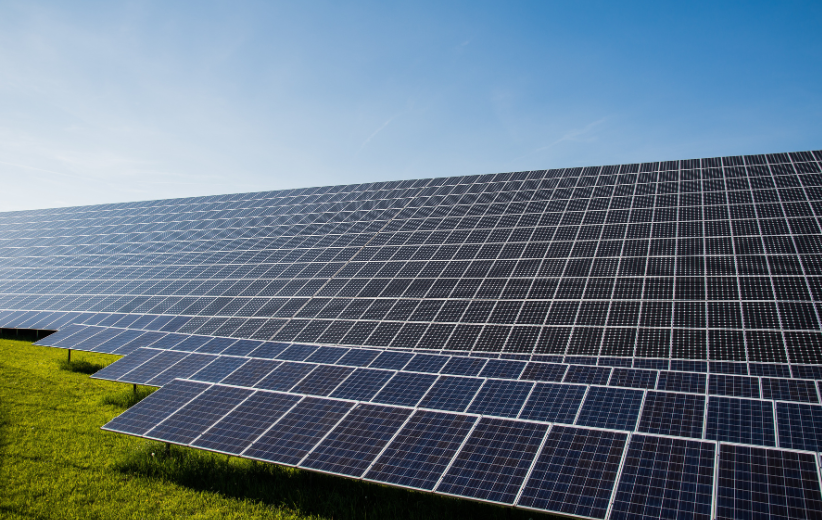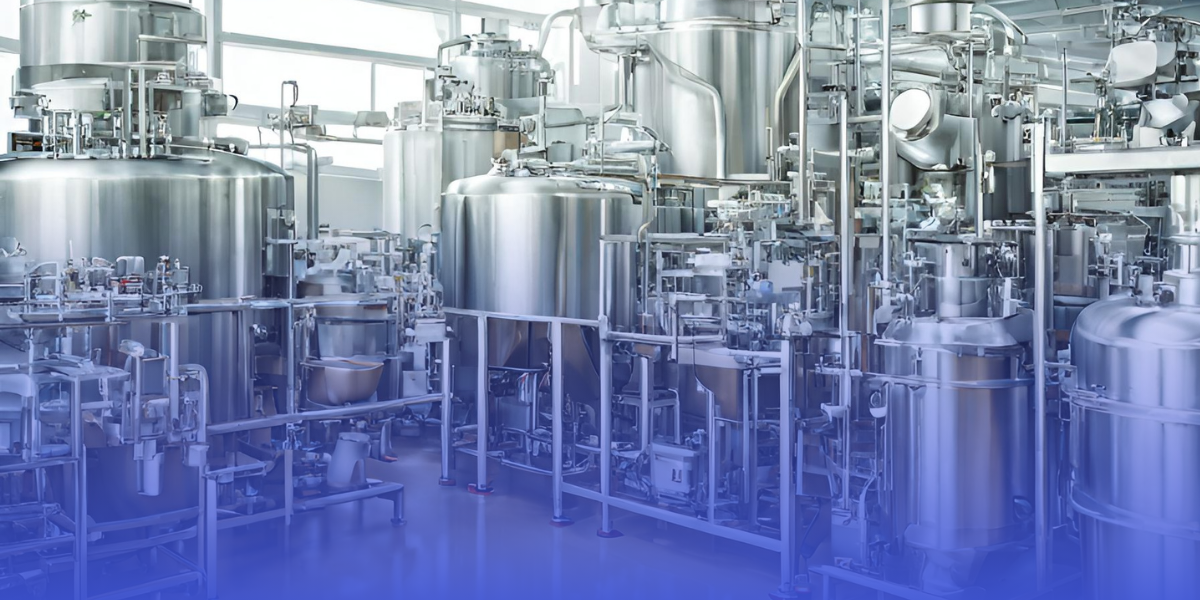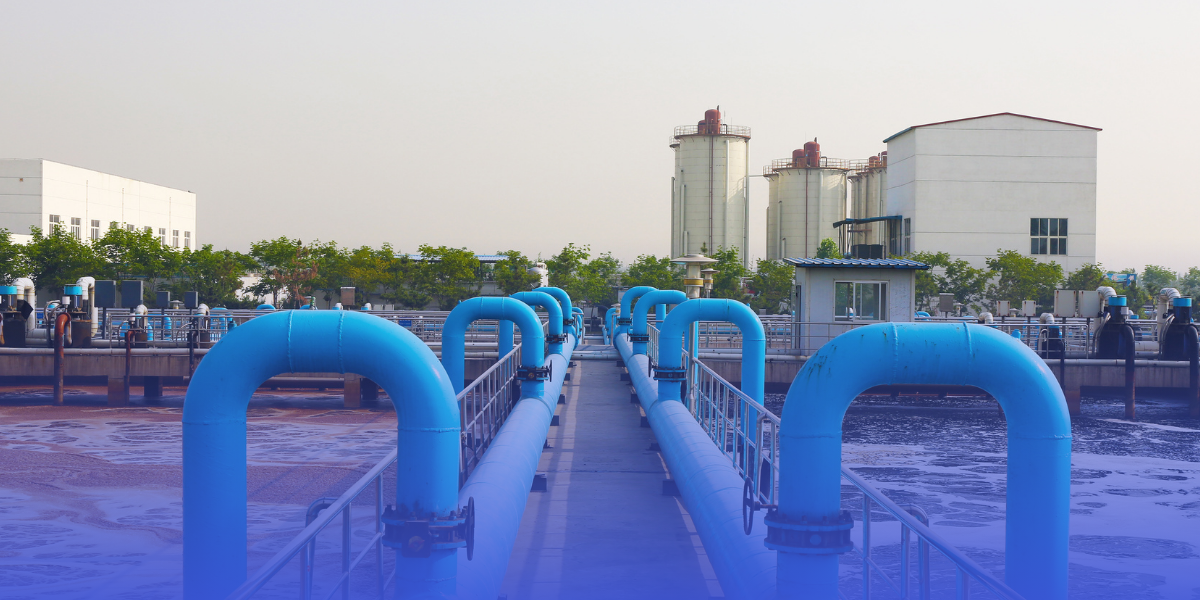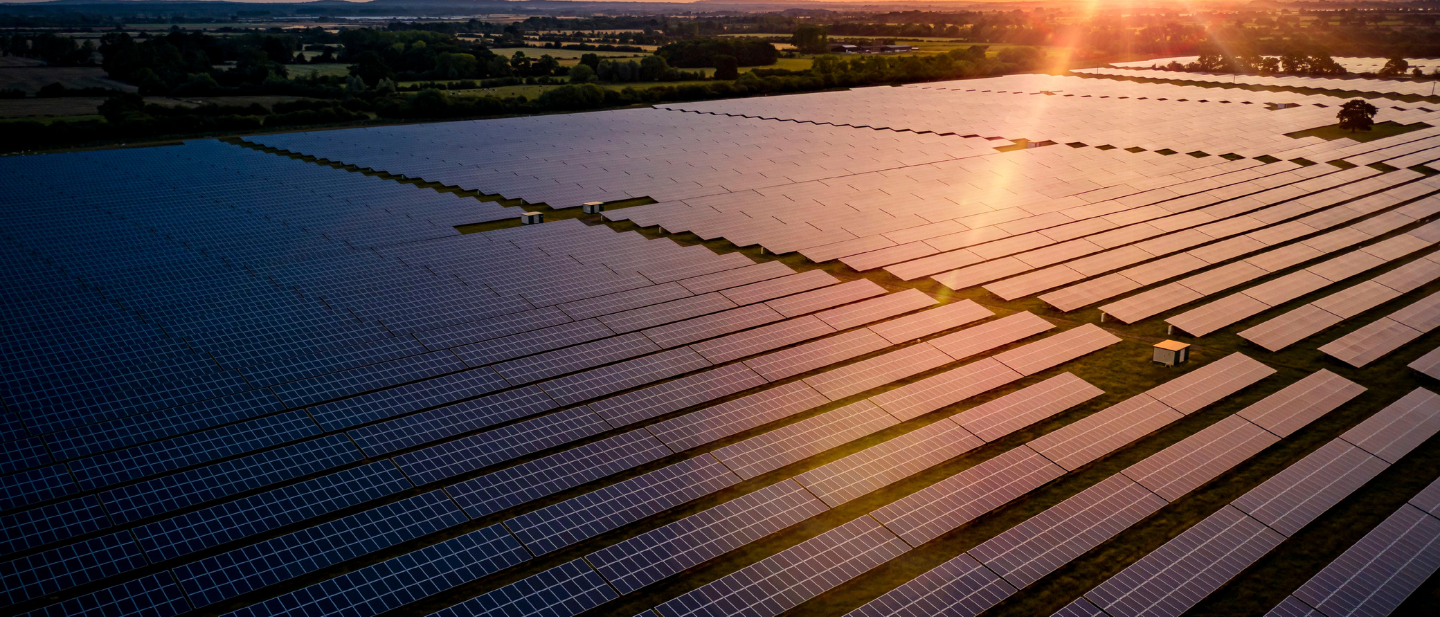Key Highlights:
- As the world embraces renewable energy sources to mitigate environmental challenges, solar power stands out as a key player in transitioning to a sustainable future.
- 18-21 Mega Ohm Purity for specific use
- Circular water economy recycling by over 90% of the wastewater
- Innovative ZLD solutions for the industry
As the world embraces renewable energy sources to mitigate environmental challenges, solar power stands out as a key player in transitioning to a sustainable future. The efficiency and reliability of solar panels depend significantly on the quality of the materials used in their manufacturing process – particularly the solar wafers.
Solar wafers are building blocks of solar cells – and require precise and meticulous manufacturing processes to ensure optimal efficiency and performance. Even trace amounts of impurities can lead to crystal defects, compromising the quality of the final product. The manufacturing of solar wafers involves several steps, such as wafer cleaning, surface texturing, and diffusion, and a crucial component to achieve this is ultrapure water.
Ultrapure water is defined by its exceptionally low levels of contaminants, including ions, particles, and organic compounds. This water quality is necessary to minimize crystal defects impacting solar wafer quality during production. Contaminants can impact the electrical properties of the solar wafers, leading to reduced efficiency and reliability over time. As a result, a steady, dependable supply of ultrapure water can essentially dictate the success of the solar wafer manufacturing plant.
MEMBRANE SYSTEMS IN ULTRAPURE WATER PRODUCTION
The production of ultrapure water relies on advanced water treatment technologies, with membrane systems playing a key role.
Cutting-edge membrane systems, such as those designed and built by Permionics, effectively remove impurities at the molecular level, ensuring that the water used in solar wafer manufacturing meets stringent purity requirements.
Three commonly used membrane technologies in this context are reverse osmosis (RO), Ultrafiltration (UF) and Electrodeionization (EDI)
- Reverse Osmosis (RO): RO is a membrane filtration process that separates contaminants from water by applying pressure to force water molecules through a semi-permeable membrane. This process effectively removes > 98% of the ions, particles, and other impurities, producing water with high purity. RO is a crucial step in the ultrapure water production process for solar wafers.
- Ultrafiltration (NF): Ultrafiltration is a membrane technology that operates on a macromolecular scale and is fundamentally used for prefiltration of the feed water to ensure smooth operation of the downstream RO systems and other polishing steps.
- Electrodeionization (EDI) This is a hybrid resin and membrane-based process used to polish the purified RO water to achieve > 15 mega Ohm resistivity which is further purified to achieve the target of 18 mega ohm resistivity.
THE ROLE OF PERMIONICS’ MEMBRANE SYSTEMS IN ENHANCING SOLAR CELL PERFORMANCE
In the last two decades, since the rise of solar energy production at an industrial scale, our membrane systems have contributed significantly to the overall efficiency and quality of solar cells by ensuring that the ultrapure water used in manufacturing meets stringent industry standards.
These systems not only remove impurities but also contribute to the conservation of water resources, making the manufacturing process more sustainable.
- Contaminant-Free Processing and Fewer Crystal Defects: The semiconductor materials used in solar wafer production, such as silicon, are sensitive to impurities. Even tiny amounts of contaminants can cause crystal defects in the wafer, affecting the solar cells’ electrical properties and overall performance. Our ultrapure water is free from impurities such as minerals, ions, and particulate matter, resulting in better-quality wafers.
- Increased Photovoltaic Efficiency: Using ultrapure water obtained through membrane systems enhances the electrical properties of solar wafers, leading to higher conversion efficiencies in solar cells. Even minor efficiency improvements can substantially impact the overall performance of solar panels and energy production capacity.
- Extended Cell Lifespan: Solar panels are designed to operate for several decades. The high purity of water used during production goes a long way in minimizing the risk of corrosion and contamination, contributing to the longevity and reliability of solar cells. This, in turn, improves the return on investment for solar energy systems.
Ultrapure water is a cornerstone of solar wafer manufacturing, and its significance in achieving future energy goals cannot be overstated. The use of membrane systems, such as reverse osmosis and nanofiltration, ensures the production of ultrapure water that meets the stringent requirements of the solar industry. Relying on our long legacy of innovating industry-leading membrane solutions and an in-house team of highly qualified experts – we promise to do this seamlessly and cost-effectively.
As the demand for solar energy continues to rise, integrating advanced water treatment technologies will play a crucial role in enhancing the efficiency, reliability, and sustainability of solar panels, making them a key player in the global shift towards renewable energy sources.
As we continue collaborating with the global scientific community to develop sustainable solutions, our expertise and energies are focused on integrating membrane systems with upstream and downstream technologies for turnkey product manufacturing solutions. Taking a holistic approach to membrane solutions and technology, we aim to play a key part in this paradigm shift helping businesses mitigate their carbon footprint, thereby enabling sustainable solutions for a better future.
Are you seeking expert advice for ultrapure water solutions for a solar wafer manufacturing facility? You’re at the right place. Leave a message here and one of our experts will reach out to you.




